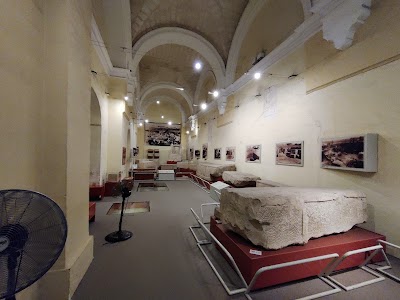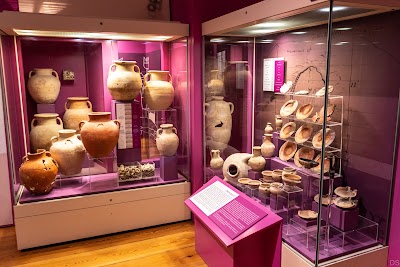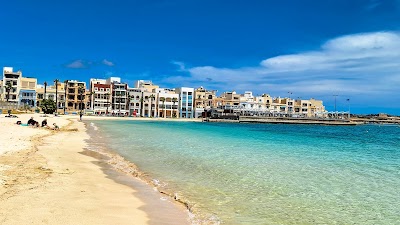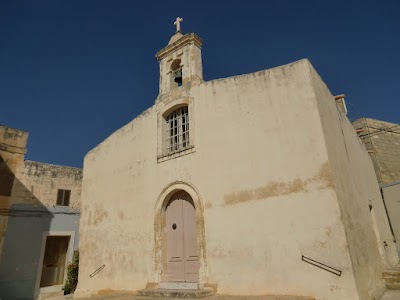National Museum of Archaeology (Il-Mużew Nazzjonali tal-Arkeoloġija)
Overview
The National Museum of Archaeology, set in the charming town of Birżebbuġa, Malta, is a captivating destination for history enthusiasts and curious travelers alike. This museum serves as a gateway to the rich and diverse history of the Maltese Islands, offering an extraordinary collection of historical artifacts that reveal the story of this intriguing Mediterranean archipelago.
Nestled along Malta’s southeastern coast, the museum itself is housed in a magnificent 17th-century building, originally designed as an auberge for the Italian knights of the Order of St. John. The beautifully preserved Baroque architecture complements the extensive array of artifacts that span thousands of years, from the Neolithic era to the Phoenician period and beyond.
One of the highlights of the National Museum of Archaeology is its remarkable collection of prehistoric artifacts. Malta’s prehistoric era, which extends from approximately 5000 BC to 2500 BC, is particularly famous for its stunning megalithic temples. These ancient structures are among the oldest free-standing buildings in the world, predating even Stonehenge and the Egyptian pyramids. The museum showcases an impressive assortment of carvings, pottery, and tools from this era, providing a fascinating insight into the daily lives and spiritual practices of Malta’s earliest inhabitants.
Among the standout exhibits is the "Sleeping Lady", a delicately carved figure believed to represent a deity or high priestess. This exquisitely preserved artifact, discovered in the Hypogeum of Ħal-Saflieni, exemplifies the artistic skill and religious devotion of the Neolithic Maltese people. Another must-see is the intricate "Venus of Malta", a stylized figurine symbolizing fertility and the importance of the mother goddess in prehistoric beliefs.
As you journey through time, the museum also illuminates the Phoenician period of Malta’s history, which began around 800 BC. Renowned for their seafaring abilities and extensive trade networks, the Phoenicians left a lasting impact on Malta. Visitors can admire exquisite jewelry, pottery, and other artifacts brought to the island by these ancient traders, showcasing Malta’s role as a vital hub in Mediterranean trade and the rich cultural exchanges that occurred.
The Roman period is also well represented in the museum. When Malta became part of the Roman Empire in 218 BC, it flourished under Roman governance. The museum’s collection from this era features stunning mosaics, statues, and everyday items that reflect the advanced engineering and cultural practices of the Romans. A particular highlight is an exquisite mosaic of Neptune, the Roman god of the sea, discovered in a villa in Rabat; its intricate detail and craftsmanship are truly breathtaking.
Beyond its impressive collections, the National Museum of Archaeology offers a wealth of educational resources and events. Guided tours provide deeper insights into the historical context of the exhibits, while workshops and activities are designed to engage younger visitors. The museum also frequently hosts temporary exhibitions that delve into various aspects of Maltese history and archaeology, ensuring there is always something new to discover.
Visitors can also take advantage of the museum's prime location in Birżebbuġa. This picturesque town is celebrated for its stunning seafront, beautiful sandy beaches, and welcoming local cafes and restaurants, where you can savor authentic Maltese cuisine. Additionally, the nearby Ghar Dalam cave, a significant paleontological site, is just a short distance away, making it an excellent stop for those looking to deepen their understanding of Malta’s prehistoric period.
In summary, the National Museum of Archaeology in Birżebbuġa is an essential destination for any traveler eager to explore Malta’s rich historical tapestry. With its extensive collection of artifacts, stunning historic setting, and engaging educational programs, the museum offers a fascinating experience for everyone. Whether you're a history buff or simply curious about this beautiful island nation, the museum promises a captivating journey through time.







